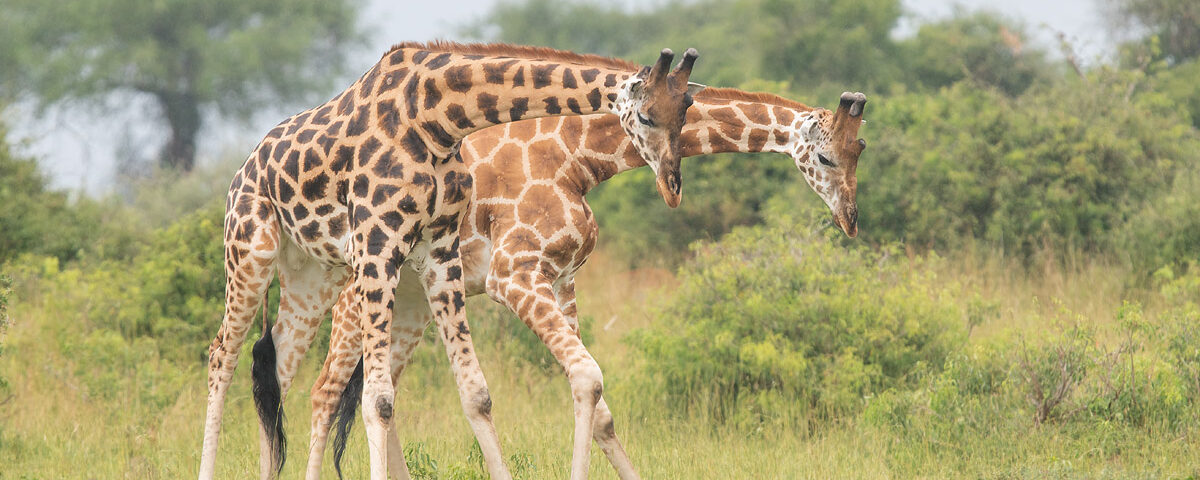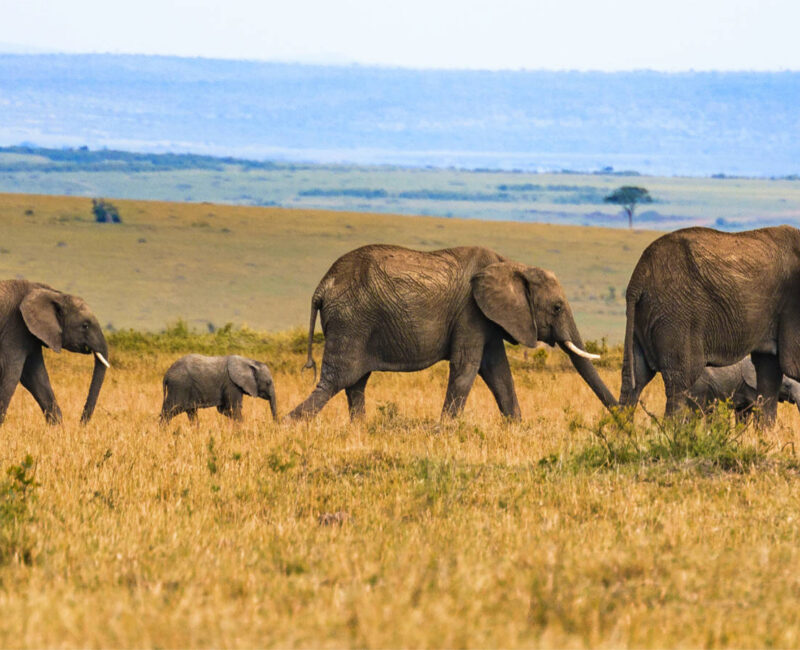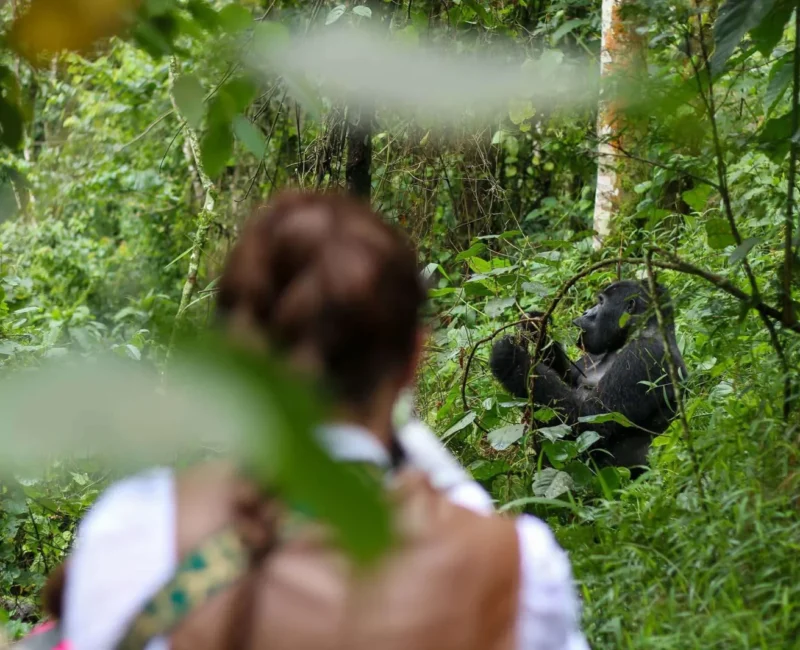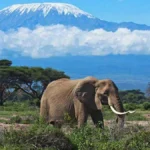
When is the Best Time for a Safari at Murchison Falls?
May 15, 2025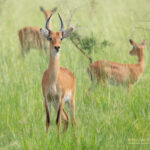
Where is Murchison Falls National Park Located?
May 15, 2025When Was Murchison Falls National Park Established?
Tracing the Foundations of Uganda’s Most Celebrated National Park
When exploring the question, “When was Murchison Falls National Park established?” we uncover the historical roots of Uganda’s first and largest national park. Officially gazetted in 1952, Murchison Falls National Park has grown into one of Africa’s most iconic wildlife destinations. It forms the heart of many Murchison Falls Safaris, drawing thousands of visitors annually to witness the dramatic spectacle where the Nile River forces itself through a 7-meter-wide gorge, plunging 43 meters below. However, the park’s significance predates its official recognition. Before its establishment, early conservation efforts were already underway during British colonial rule, reflecting growing awareness of the need to protect Uganda’s unique biodiversity.
Today, the park stands as a testament to decades of conservation, community engagement, and eco-tourism development. From wildlife safari excursions to Chimpanzee Tracking in Budongo Forest, from the awe-inspiring Hike to the Top of Murchison Falls to enriching Cultural Experiences with local communities, Murchison Falls Tours offer travelers more than just scenery—they offer a walk through history, nature, and culture. As we trace when Murchison Falls National Park was established, we delve into a legacy of protection, adventure, and natural wonder.
Pre-Gazettement Conservation and Early Recognition
To fully answer “When was Murchison Falls National Park established?” we must first look at the pre-colonial and colonial conservation steps that led to its formal creation. In the early 20th century, parts of what is now the park were designated as game reserves. The idea was to control hunting and preserve wildlife populations which were being threatened by poaching and unregulated land use. By the 1920s, the area was already recognized as an important ecological zone, home to elephants, lions, buffalo, giraffes, and numerous bird species. These early efforts laid the groundwork for the park’s future designation.
When Murchison Falls National Park was officially declared in 1952, it marked a significant shift in Uganda’s approach to wildlife management—transitioning from regulation to active preservation. The early decades after the park’s establishment were pivotal in developing the foundations of modern Murchison Falls Safaris. Today, visitors benefit from those foundational efforts, enjoying rich wildlife encounters and diverse landscapes. These early initiatives also supported what would become essential components of Uganda Safaris, including Gorilla Trekking in Bwindi and Chimpanzee Tracking, as part of a broader conservation vision.
The 1952 Gazettement and Its Impact on Conservation
The formal establishment of Murchison Falls National Park in 1952 is a milestone that resonates across Uganda’s conservation history. This landmark moment was part of a broader strategy by the colonial administration to formalize protected areas and create structured wildlife reserves. When answering the question “When was Murchison Falls National Park established?”, we recognize this date as the beginning of a new era. With gazettement came infrastructure development, regulated tourism, and scientific research. Roads were constructed, ranger posts were established, and animal monitoring programs were initiated.
These investments laid the groundwork for today’s Murchison Falls Tours, which blend luxury, adventure, and environmental stewardship. The park quickly became a cornerstone for Uganda Safaris, attracting international attention. Wildlife viewing became more accessible, and iconic experiences like the Hike to the Top of Murchison Falls started gaining popularity. The park’s establishment also reinforced the importance of community involvement. Over time, Cultural Experiences were integrated into the safari experience, highlighting the traditions and heritage of local communities, thereby enriching the park’s historical and cultural identity.
Murchison Falls Through Political Changes and Conservation Challenges
While 1952 marks the answer to “When was Murchison Falls National Park established?”, the years that followed were filled with both growth and hardship. Uganda’s political instability in the 1970s and 1980s led to a decline in wildlife populations due to poaching and poor park management. Infrastructure deteriorated, and tourism all but collapsed. However, the resilience of the natural ecosystem and the eventual restoration of governance brought renewed hope. By the 1990s, conservation efforts regained momentum, aided by international partnerships and non-governmental organizations.
Wildlife reintroductions, anti-poaching units, and community outreach programs helped Murchison Falls National Park recover and flourish once more. These efforts ensured that today’s Murchison Falls Safaris are rich in biodiversity and visitor experience. Activities like Chimpanzee Tracking and the Hike to the Top of Murchison Falls became focal points of new Uganda Safari itineraries. The park’s history is not just a timeline of dates but a reflection of Uganda’s journey in balancing conservation, community, and tourism—a mission EcoQuest Safaris continues to uphold through responsible travel.
Linking Cultural Heritage with Natural History
A complete understanding of “When was Murchison Falls National Park established?” also includes acknowledging the cultural and ancestral ties of local communities to the land. Long before the park’s official designation, indigenous groups such as the Banyoro and Alur lived in harmony with the natural environment. Their livelihoods depended on the Nile and surrounding ecosystems for fishing, farming, and spiritual practices. With the park’s creation, these communities faced restricted access, which created early tensions. In recent years, however, community-based tourism and revenue-sharing models have fostered reconciliation and collaboration.
Today, Cultural Experiences are a vital part of Murchison Falls Tours, allowing visitors to engage in traditional dances, craft-making, and storytelling. These interactions offer a unique cultural dimension to Uganda Safaris and help preserve intangible heritage while supporting local economies. Whether you’re combining a Gorilla Trekking in Bwindi adventure with a wildlife safari or simply enjoying the serene beauty of the Nile, the park’s cultural history adds a deeply human element to the answer of when Murchison Falls National Park was established.
The Enduring Legacy of the Park’s Establishment
Reflecting on the question, “When was Murchison Falls National Park established?”, reveals more than just a date—it unveils a legacy of conservation, education, and sustainable tourism. Since 1952, the park has evolved into a symbol of Uganda’s natural wealth and a beacon of eco-tourism excellence. It has inspired generations of conservationists, researchers, and travelers. Murchison Falls Safaris are now part of Uganda’s national identity, attracting eco-conscious tourists and adventure seekers from across the globe. Whether it’s the thunderous roar experienced on a boat safari, the breathtaking view from the Hike to the Top of Murchison Falls, or the quiet moments during a wildlife safari, the park offers endless opportunities for exploration.
As Uganda’s oldest park, it also plays a strategic role in conservation planning and serves as a model for other protected areas. The interconnectedness of Gorilla Trekking in Bwindi, Chimpanzee Tracking, and cultural tourism underlines the holistic approach to Uganda Safaris that EcoQuest Safaris champions. Ultimately, the establishment of Murchison Falls National Park in 1952 continues to ripple through the fabric of Uganda’s environmental and cultural landscape, making every visit a journey through time and nature.

